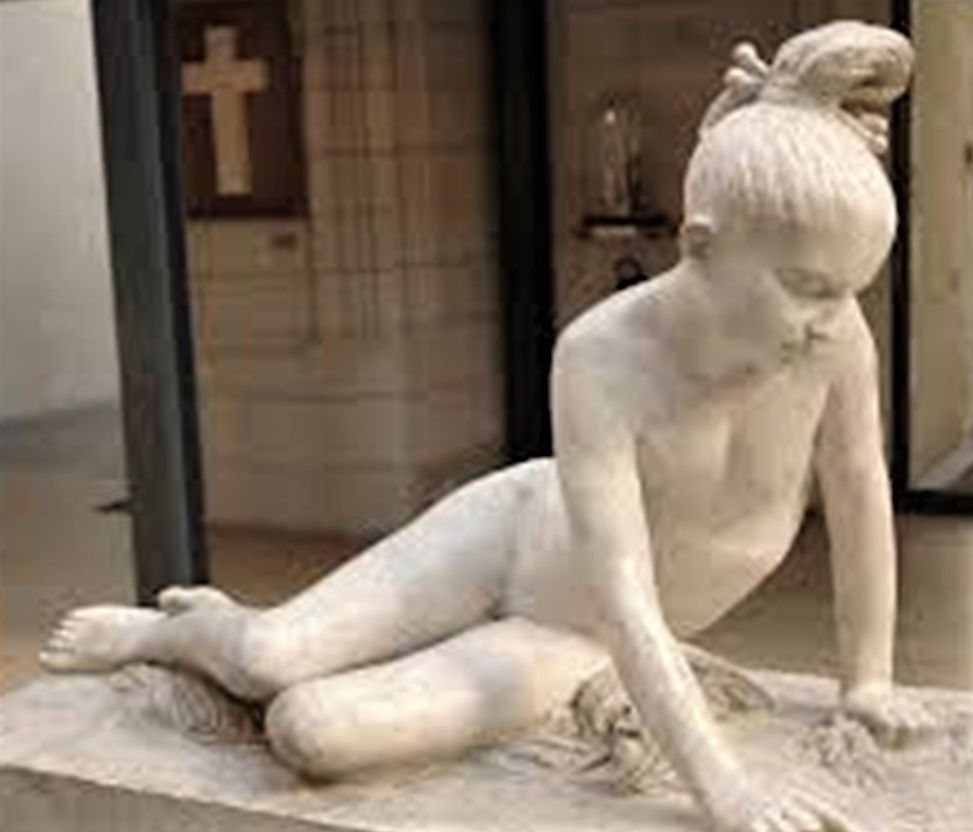
Once again, it is possible to make spontaneous trips to France. How about a weekend in nearby Anjou? When you go, don’t miss out on the magic and the glory that can be found in Angers. By Hamish Marett-Crosby
A factoholic visiting the Loire valley should acquire a good working knowledge of European history before checking out some of the more noticeable châteaux of the region.
Who were the Plantagenets? Were they that different from the Angevins? Why did they spend so much of the time fighting all and sundry? Why is every French king called Louis, and whose edict was revoked at Nantes?
Alternatively, you can resort to the Marett-Crosby beginners guide to European mediaeval fortifications which starts (and ends) thus: Assume that all large castles were built as protection against the French. Even in France this simple rule holds true.
So it is in Angers. The huge curtain wall with its 17 bastions was built on a rocky outcrop on the river Maine just a few miles from the Loire. From earliest times it had been the strategic key to, and power base for, the area. The building as seen now was constructed on the orders of King Louis (who else?) to protect this important stronghold against Brittany. Confused? Don’t worry, it doesn’t matter too much. Just walk round this imposing wall and make your way into the enclosure marvelling at the sheer force of the statement made. Here we are, here we stand and tough luck if you disagree.

Angers is a large city and, as such, the outskirts can be depressing. But persevere, it is worth heading for the mediaeval centre. Behind the château walls can be found the extraordinary 14th century apocalypse tapestry presented in a manner, and on a scale, which dwarfs the observer and stuns the imagination. Not a continuous comic strip like the Bayeux affair, but over 100 yards of panels interpreting – sometimes in a very direct and rather disturbing way – scenes from that most strange of New Testament books, the Apocalypse.
Putting pictures to good effect was obviously an Angevin accomplishment for, across the old town with its narrow traffic-free alleys, lies the cathedral with a breathtaking display of medieval stained glass. Centuries later someone from the current era can still appreciate the skill and dynamism of the earlier interpretation; you might not subscribe to the doctrines of the message bringers, but you have to appreciate they knew how to put on a show.
Right next to the Château is the Maison de Vin D’Anjou reminding you, if that were needed, of the other reason for being here. There have been times when wines from the Loire, and indeed wines from Anjou in particular, did not enjoy a good reputation. Indeed, some of us can still recall the refined shudder that used to upset the still surface of the refined epicurean when the words Rosé D’Anjou were mentioned. But the wines of Anjou have changed; a new generation of wine makers seeking to rediscover what it once was that made them famous, coupled with greater care in the vineyard and the wine making, has produced a range of wines that are putting this region well and truly on the vinous map.
The basic hallmarks of the area are still there, a vibrant fruit acidity in particular, and the careful use of the celebrated grapes of the region – Chenin Blanc for the white and Cabernet Franc for the red – bring, when successful and not too acidic, some spectacular surprises. Look out in particular for white Savennières and red Brissac. There does however remain a problem, some vignerons, pleased with their undoubted success, seem to be working on the premise that price should not only reflect – but, in some cases, leap well ahead of – quality and take no notice of what is happening elsewhere.
If white dry Anjou wine has improved over the years, so has the famous sweet wine made from grapes infected with noble rot, Côteaux de Layon. The Layon – a tributary to the Loire coming out just down stream of the confluence with the Maine – has seen a complete revolution over the past few decades. The best grapes possible are used, whereas they used to pick everything at once, many under-ripe, added sugar to make up the deficit and finally over sulphured the wines. Guaranteed headache, no aroma and no flavours except sugar and sulphur – great!
Now it is sublimely different. La douceur Angevine is held to be an expression of life and climate in this region, but for me its best expression lies in the charm and seductive qualities of a bottle of Côteaux de Layon.

Did you know that was once an after-dinner drink called Liqueur de Divorce? Just one gem from the Cointreau museum (well worth going to if you have time), but my abiding memory of Angers is nor the magnificence of the architecture, nor even the disturbing nature of the Apocalypse Tapestry. It was visiting the excellent – and easily missed – little museum devoted to the 19th century sculptor David. There in front of his famous rendition of the Young Greek Girl, I watched a young French girl running her hands over every inch of the statue. She was blind and so was “seeing” it with her hands; it was a Damascus moment, for suddenly I realised I had been granted a totally new appreciation of the power of this art form. That was worth the whole trip.




